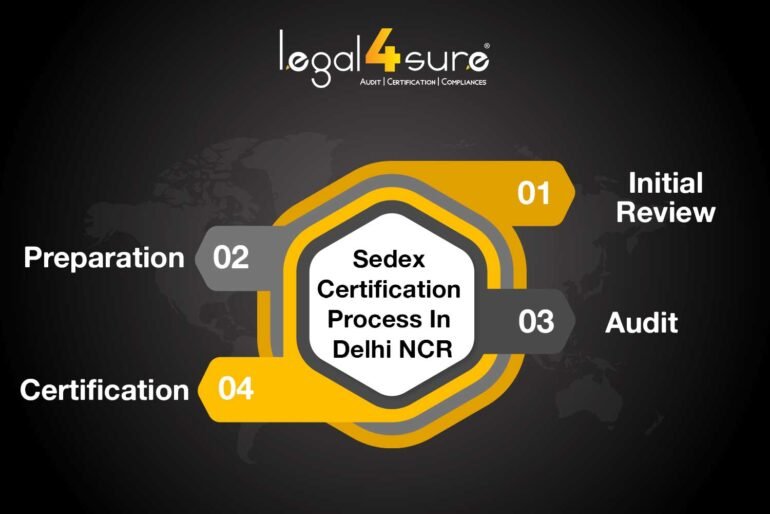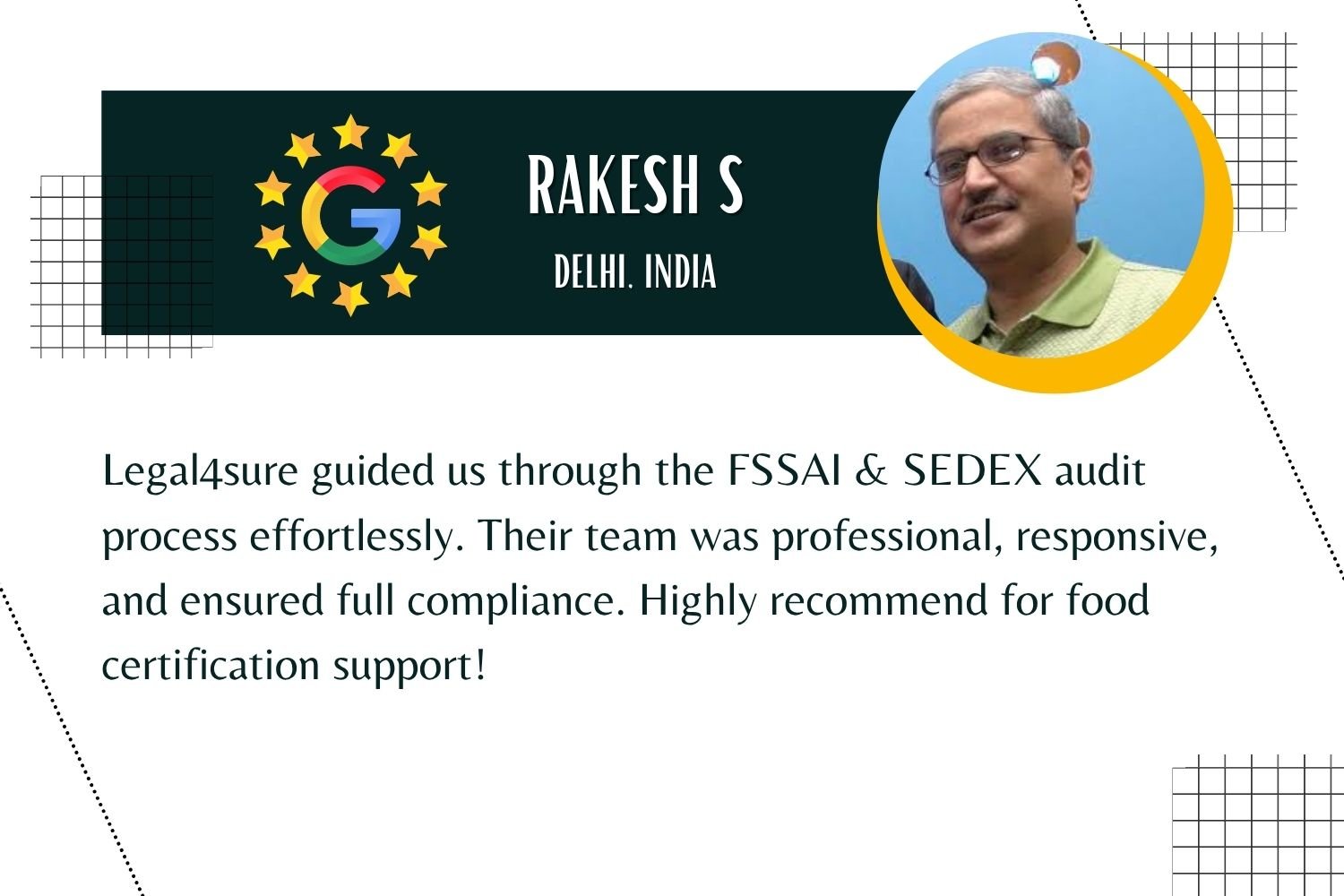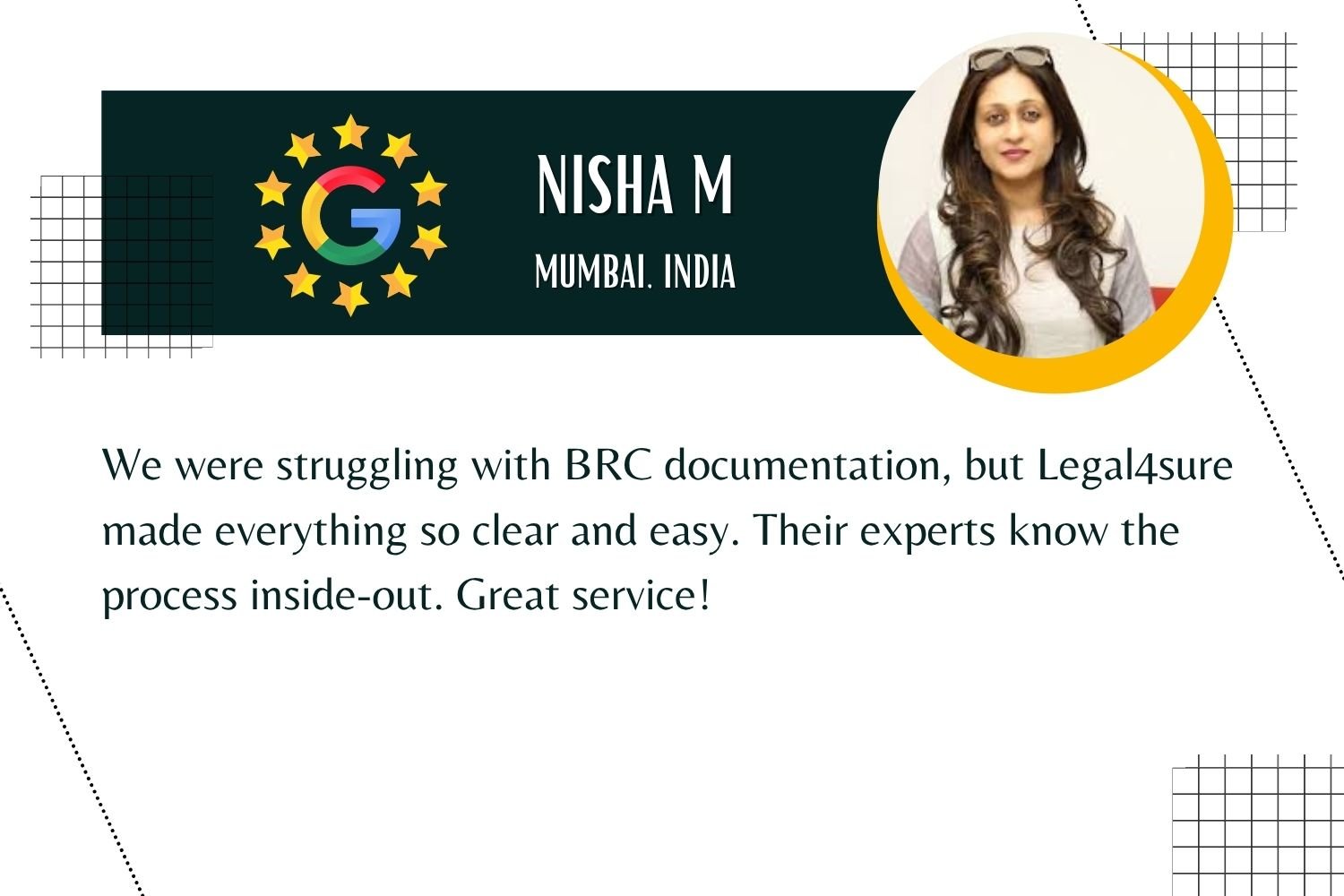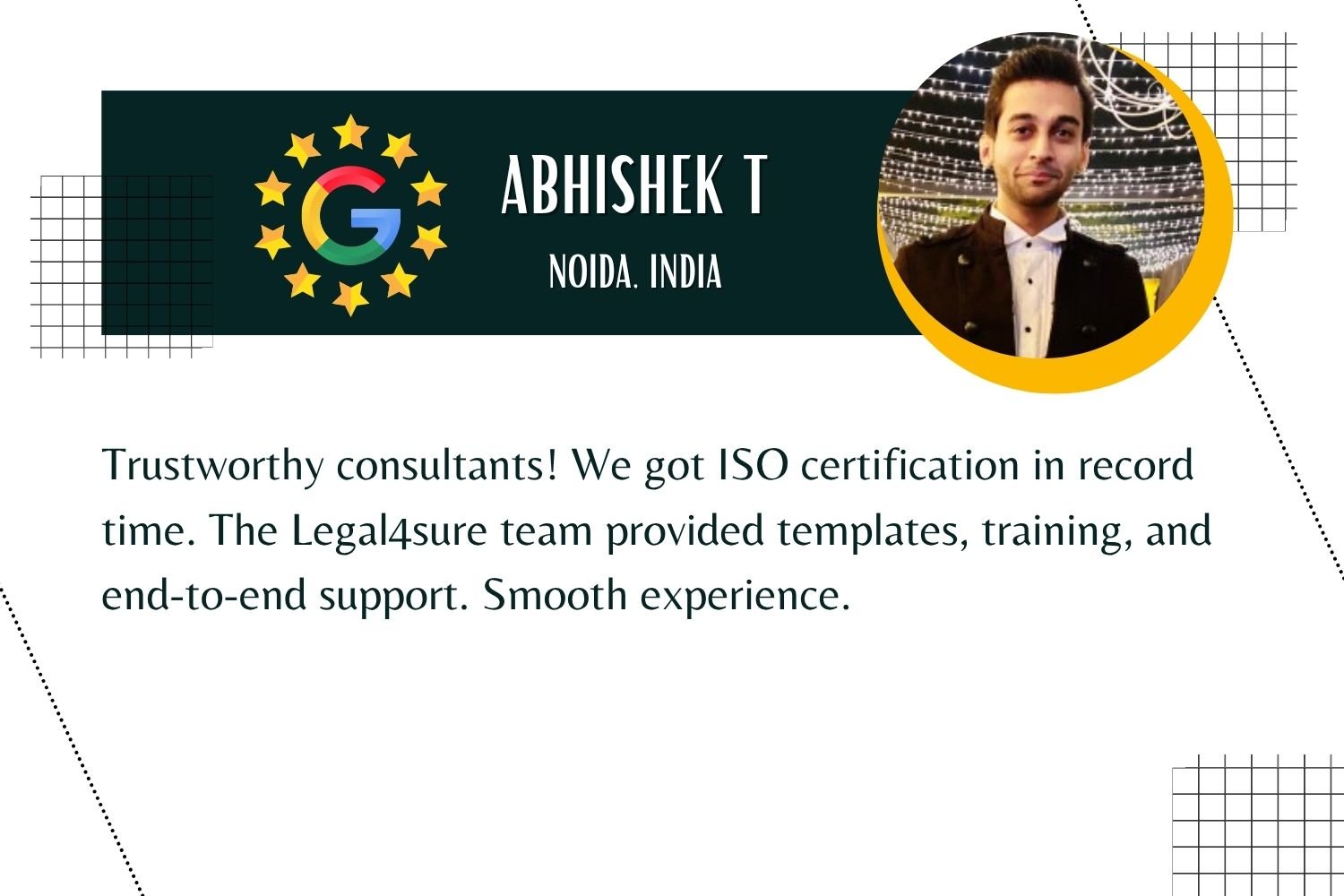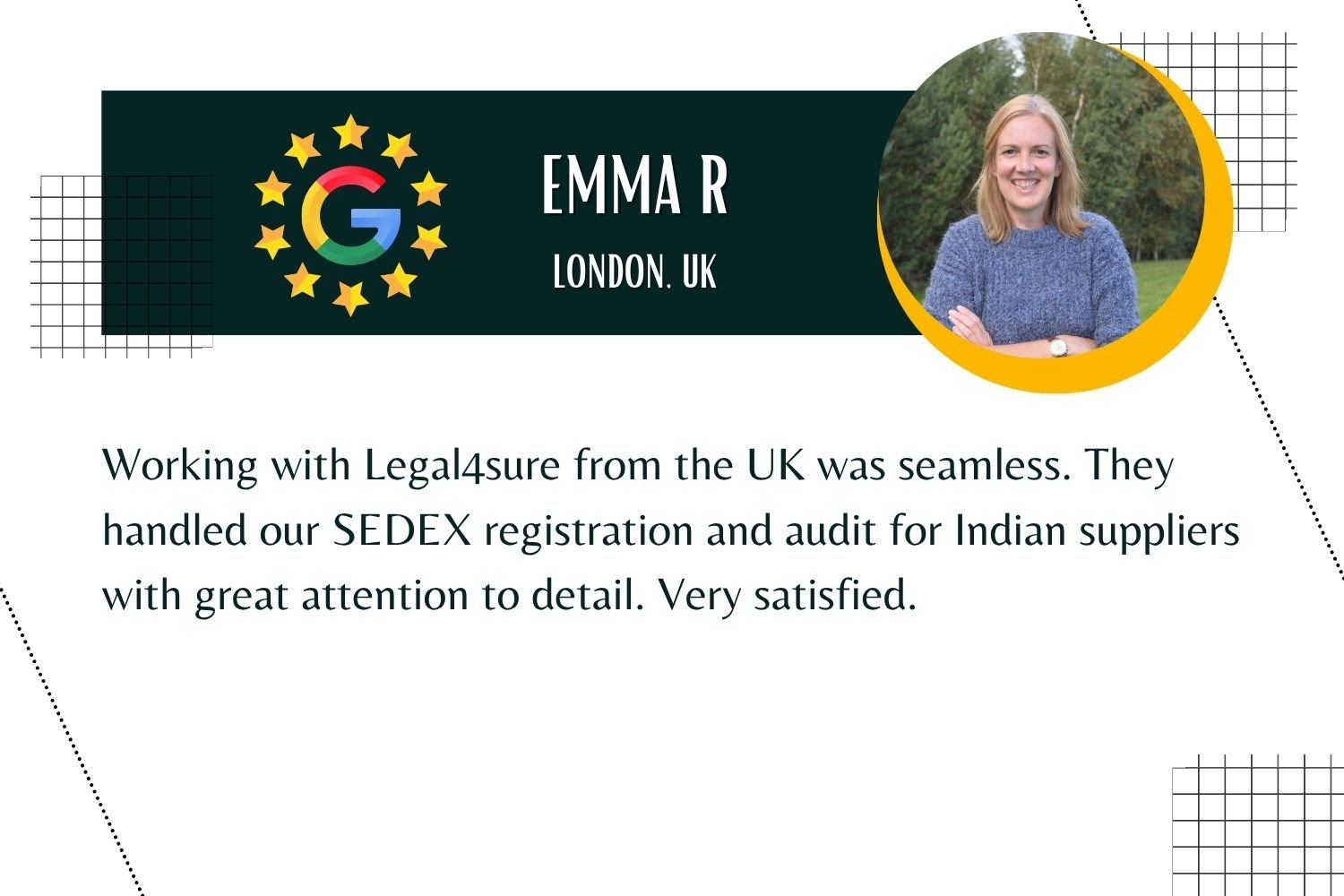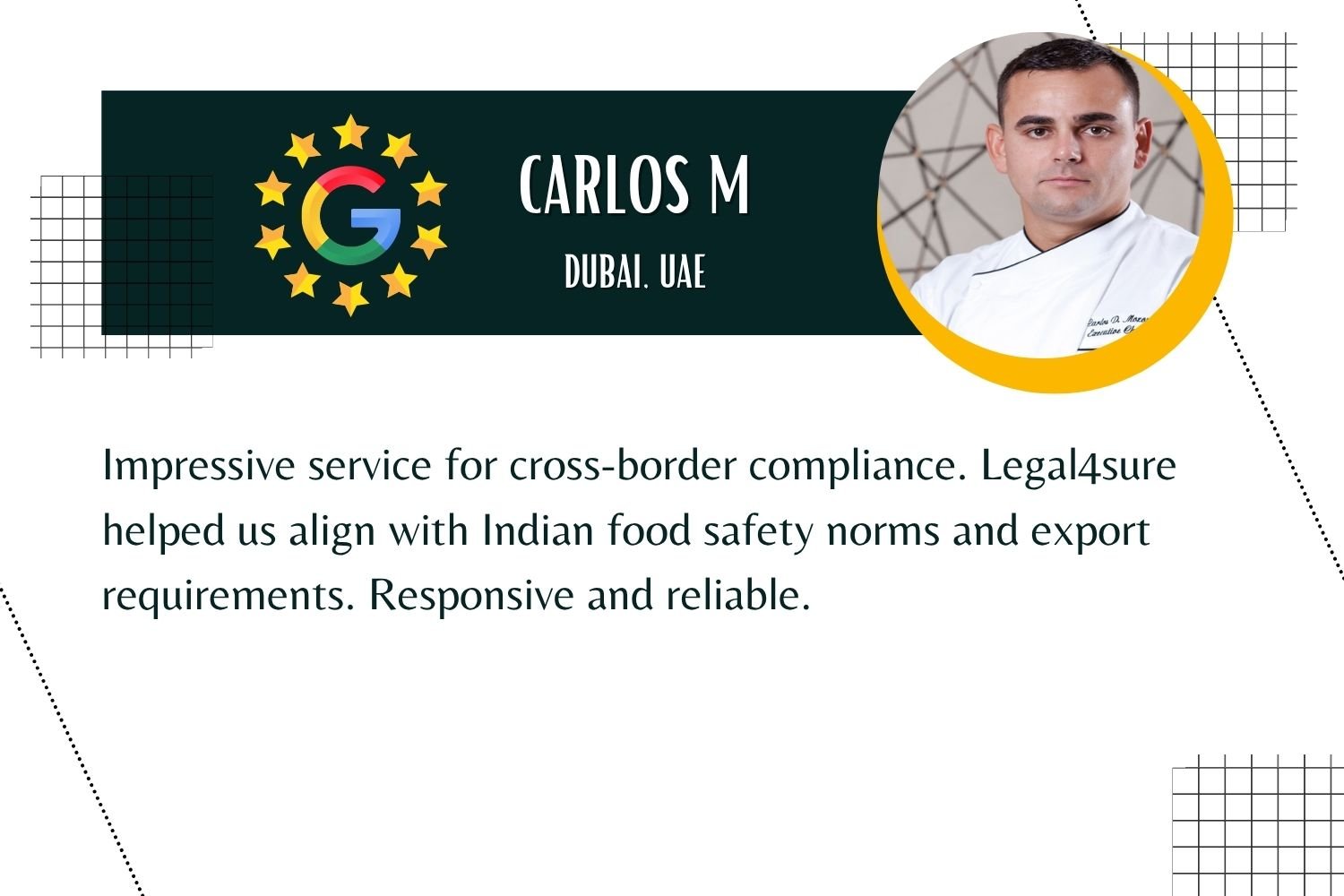Businesses in Delhi NCR are always looking for ways to stand out. Here’s the thing: a clear commitment to ethical practices isn’t just good for reputation, it’s a competitive edge. That’s why many choose SEDEX Certification in Delhi NCR. It’s proof that the company runs on fair, transparent, and responsible standards. Buyers notice. International markets notice. And doors open that would otherwise stay shut. In a region where industries are stacked side by side and competition is intense, trust matters. Companies that meet SEDEX standards show they’re serious about doing business the right way.
This blog you through how the SEDEX audit works and how to find the right certification service without wasting time or money.
Understanding The Sedex Certification in the Industry
Specifically, SEDEX stands for Supplier Ethical Data Exchange. It’s a global certification that helps organisations manage and strengthen their ethical standards. More than 85,000 businesses worldwide trust SEDEX to build ethical, environmentally responsible, and sustainable supply chains. SEDEX Certification in Delhi NCR gives companies a clear way to assess how workers are treated, the safety measures in place, their environmental practices, and overall business conduct. It shows that NCR-based companies are committed to being fair, safe, and responsible—setting a higher standard for healthy business practices and meeting social compliance audit requirements.

Why You Should Consider Sedex Audit in Delhi NCR ?
In such a competitive environment, one cannot just provide good products or services in the market to meet the consumers’ needs. Clients, supply chain vendors and funding sources are aspiring to work with the more sustainable business practices organisations. The general public can also be employed to augment the fact that businesses are ethical in their practices which can be a plus for the businesses when securing new opportunities for business at any place.
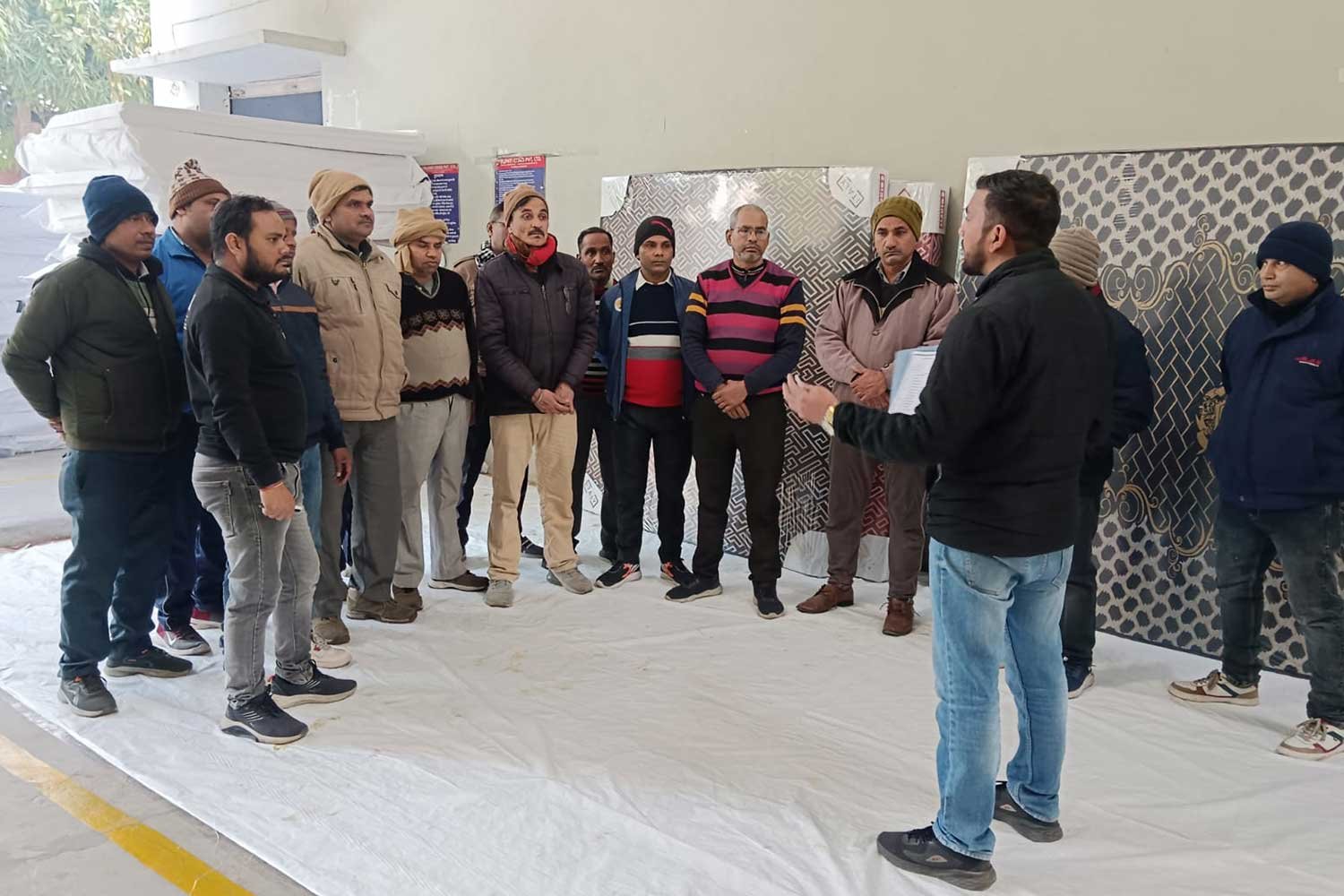
The Industry Challenges of Sedex Audits in Delhi NCR
1. Expert Knowledge
Sedex SMETA certification requires the review of compliance recognitions in areas concerning labour, health, safety, environment, and business ethics. When choosing a sedex certification in Delhi NCR, it would be safer to work with a company that understands all the standards of SEDEX very well.
2. Understanding of Local Business Industry
There are particular businesses in Delhi NCR or specific legal structures there. By selecting the best Sedex certification provider who is conversant with the region’s environment, it will become easy for you to have Social compliance audit results that address both the SEDEX standard and corporate social responsibility (CSR).
3. Full Support
It is critical to know that when an organization seeks to get SEDEX certified it means so much more than merely passing an audit. It is more of planning for it, adjusting for it, and then sustaining it for as long as possible. It is advisable to go for certification services that assist you right from the time of applying for certification to the time you get certified.
4. Customized Solutions
All businesses are unique; they have their own requirements, and issues to meet and solve. All the top Sedex Audit services providers in Delhi NCR have flexible services, which are capable of meeting the needs of small businesses as well as large organizations.
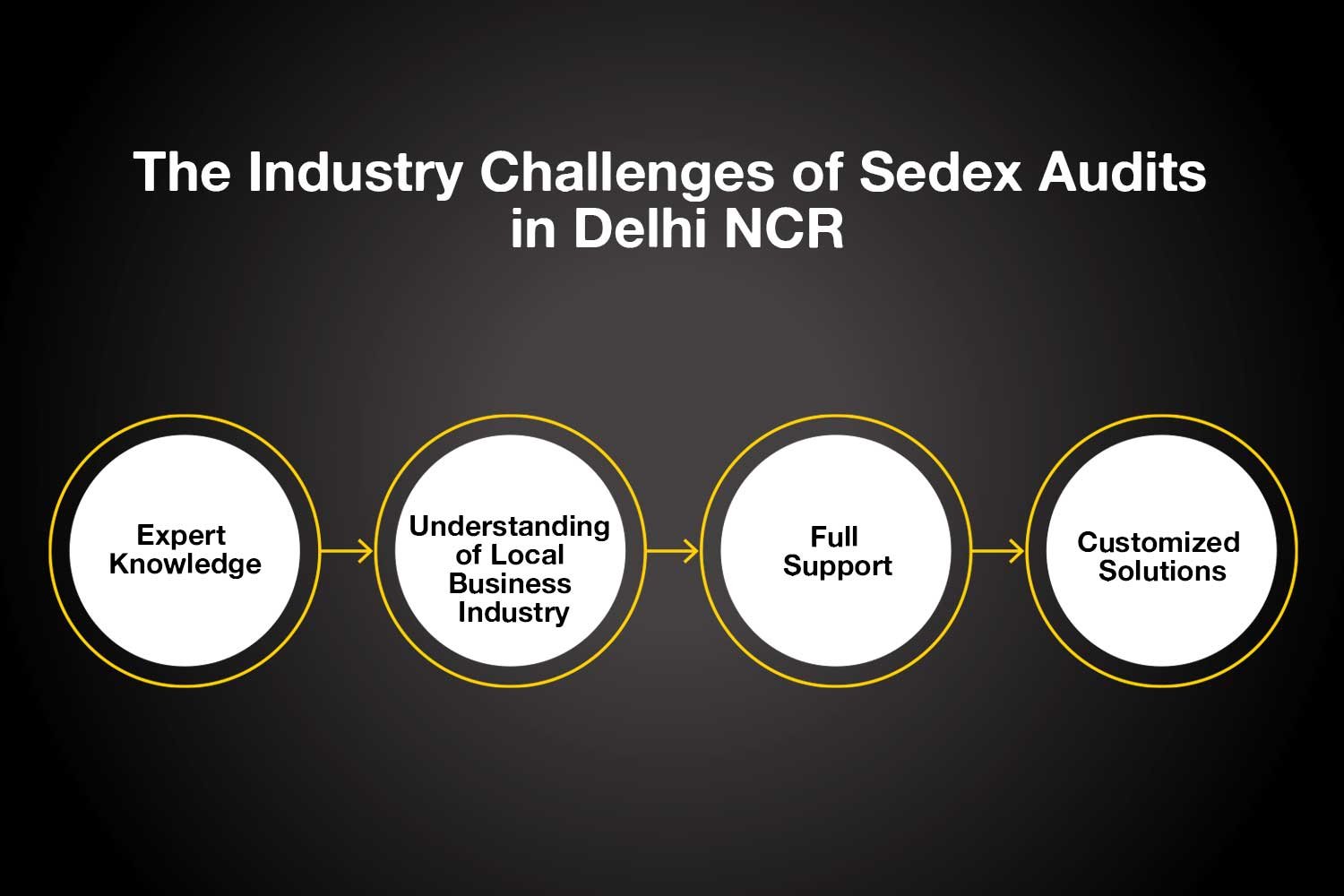
Read more: Documents Need For A SEDEX 4 Pillar Audit & Compliance Guide
Sedex Certification Process In Delhi NCR
➜ Sedex Initial Review: To begin with, there is an evaluation of the current practices that reveals the areas that require constant enhancement.
➜ SedexPreparation: After that, further modifications would be also performed that would allow the company to conform to all of the SEDEX requirements. This could entail changes in some labour policies, increasing measures of safety or increasing environmental factors.
➜ Sedex Audit: Afterward, a SEDEX-approved auditor will review your business and assess compliance with adherence to the set standards.
➜ Sedex Certification: In case you pass the audit, you are awarded this certification that enables you to show to the people that your business runs a genuine ethical practice.
Advantages of Supplier Ethical Data Exchange
➜ Better Reputation: Customer relations will also be enhanced when your business holds this certification because it shows that you are not involved in any form of unethical practice.
➜ Global Compliance: Supplier ethical data exchange also increases your company’s credentials and opens up a company to potential overseas opportunities.
➜ Reduced Risk: Admiring SEDEX standards or ethical trade certification also minimizes the possibilities of the problems connected with labour rights, safety, and ethics affecting the business and its legal and reputational consequences.
➜ Competitive Edge: As highlighted before, it has been seen that India is loaded with competitors and therefore it is advisable to be certified with SEDEX to get distinguished from competitors like Delhi NCR.
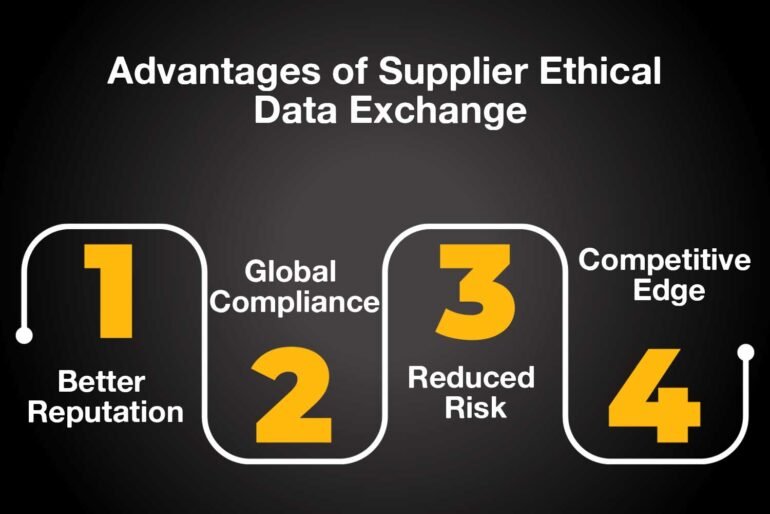
Read more: Top Mistakes To Avoid In Sedex SMETA Audits | Legal4sure
Need Sedex Audit Services? Contact Legal4sure for a Perfect Solutions!
Need Sedex Audit Services? Legal4sure offers expert support to help your business achieve SEDEX Certification in Delhi NCR smoothly and efficiently. With years of experience, we guide you through every step, ensuring your company meets global ethical standards for labor, safety, and environmental practices. Choosing Legal4sure means less hassle and more confidence to compete in international markets. Don’t wait—partner with Legal4sure today for reliable SEDEX Certification in Delhi NCR and open doors to new business opportunities.
Simplify SEDEX Certification in Delhi NCR with Legal4sure
If you want hassle-free SEDEX Certification in Delhi NCR, Legal4sure is your go-to partner. We know the process inside out and make sure you meet all standards smoothly. Take the step now to prove your commitment to ethical business and unlock new growth opportunities with confidence.


